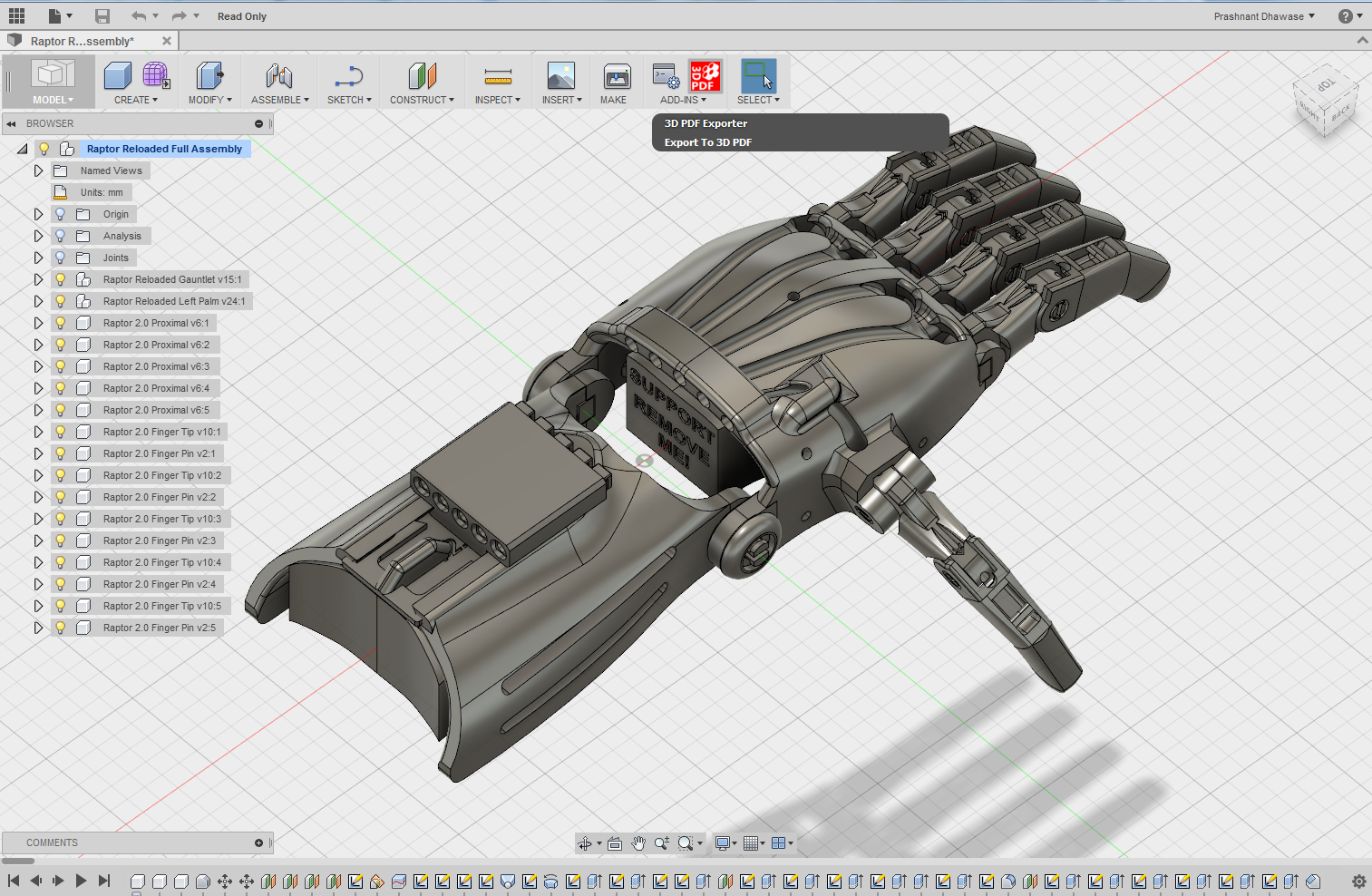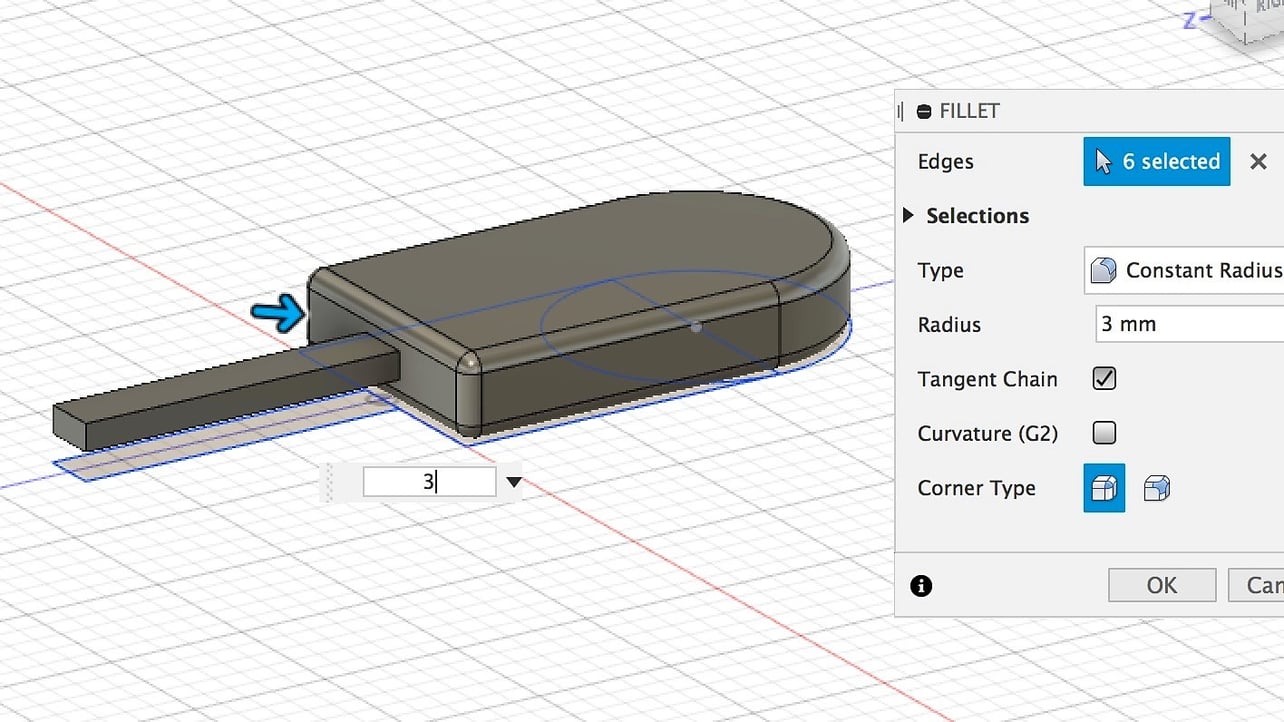

Dragging while keeping the center in the same place: Select the object. A window will appear providing a choice of destinations for the file. In any case 3D p… First figure out how many objects you need, then divide 360 by that number and you have the amount of degrees between each object. Define the reference location in terms of latitude, longitude, and altitude (LLA) of Natick, MA (USA). After selecting an object, maybe a picture or a text box, you have a number of options for resizing the object. Select the entrance (green) animation type you would like - there are more available if you click on the down scroller thing. The AutoCAD Express Tool command OVERKILL will help you remove all the unwanted duplicate geometry.

So, when you apply a Joints in Fusion 360, watch for the graphical feedback.

Because Fusion 360 uses a cloud-based workspace, referenced files are always able to be found. We have only one place for the files to live.

In Fusion 360, we just have one type of file. Files must be stored, found, referenced, managed, and more. IPTs, IAMs, IPNs, IDWs, DWGs, SLDDRWs, SLDPRTs, SLDASMs, in traditional CAD there are many filetypes for many different design environments. This method of organization has great benefits: less focus on files and locations and formats, and more focus on the design! Have you ever tried to open a design, and found that there are part files missing? Have you ever opened a design to find some obscure adaptive link was broken and the whole model crumbles? You won’t find that in Fusion 360.īesides the benefits of designing and modeling with this structure, there are obvious benefits for file management. Fusion 360 file management with optional references All information for a complete assembly, including bodies, components, and subassemblies, can be built into a single design file! If you need to change the structure, at any time you can copy or move data to another component or design. While you do have the ability to reference other designs to each other where needed, you don’t have to. You don’t need to worry about what type of design you’re working on. In fact, when working in Fusion 360 the file extensions are completely invisible. Whereas traditional CAD tools use a variety of file formats and separate files cross-referencing each other, Fusion 360 can hold many design types in a single file format. What if I told you that it’s not a dream? It’s already here. When you hit open, you don’t have to find out where someone put the file you need. Let’s keep going, what if you didn’t have to worry about where you stored a design? Instead of digging through network and local drives looking for where you saved that one model you made last year, what if you just searched and it was there? When you hit save, you don’t have to decide where save at. Now, this might seem even more unrealistic, but what if you didn’t even have to worry about what the format was? No scrolling though formats and files, just previews of the designs you’ve built. Wouldn’t it be cool if there were a way to make everything you design in one file format? No more tangle of SLDDRWs, SLDASMs, and SLDPRTs, or IPTs, IAMs, IPNs, DWGs, and IDWs to manage.


 0 kommentar(er)
0 kommentar(er)
